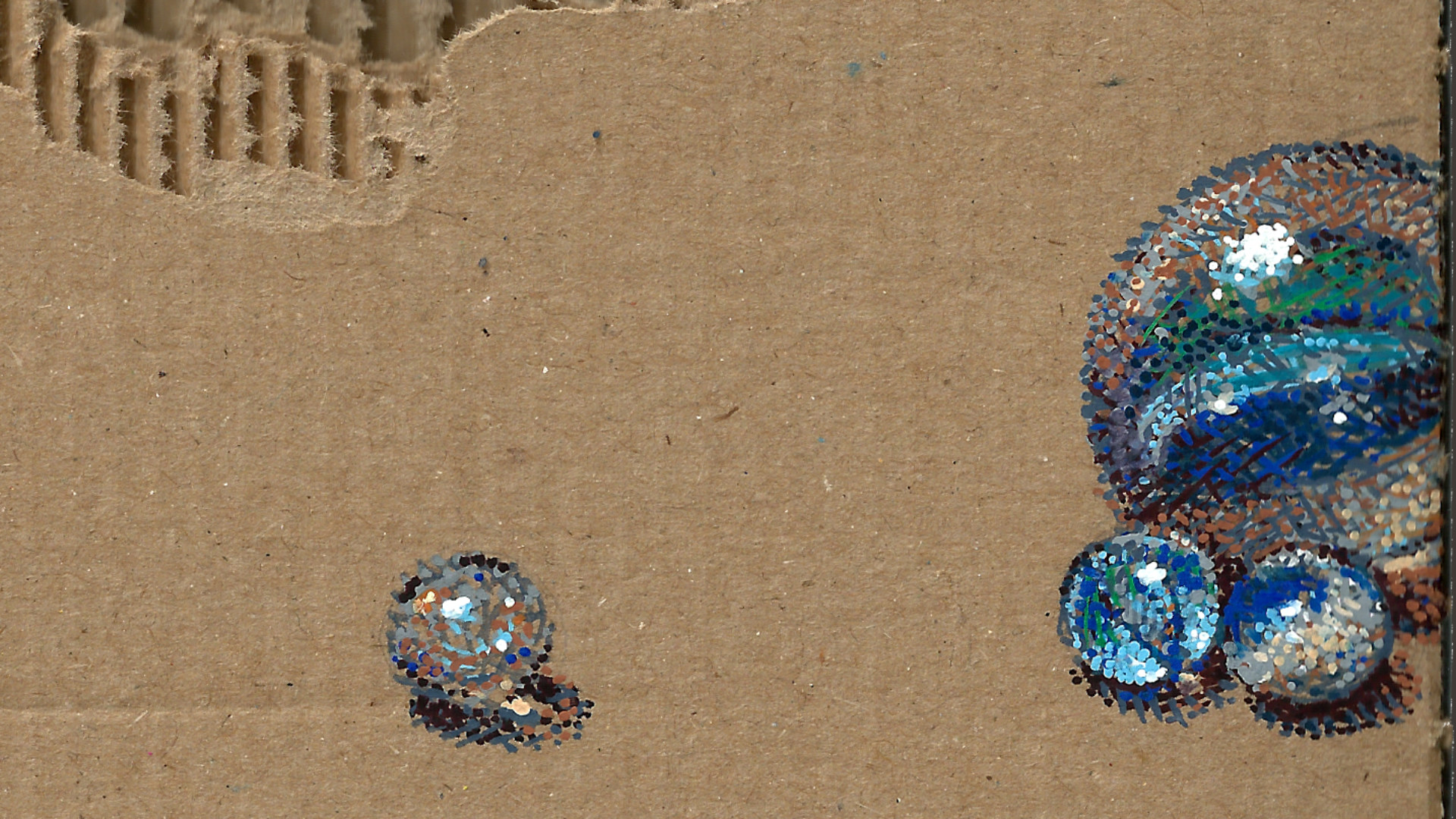
Nadège DAUVERGNE,
Optical mixing and virtual palette
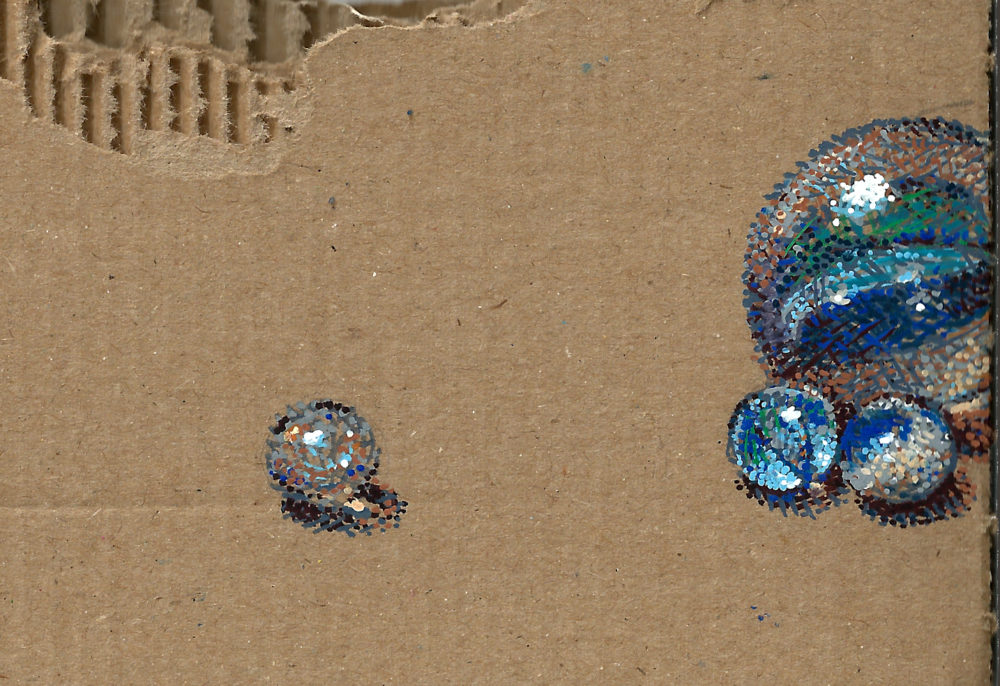
Nadège Dauvergne contributes to the new collective exhibition of the Je me souviens (“I remember”) collection, comprising works by thirty or so artists from a variety of backgrounds and techniques, reminiscent of childhood. For the occasion and after a long period of collaborative collages, Nadège Dauvergne has begun a new series involving painting ordinary objects rendered very present through her perfectly mastered arrangement of coloured dots and lines. Nadège “se souvient” (remembers), sharing key moments in her learning of techniques.
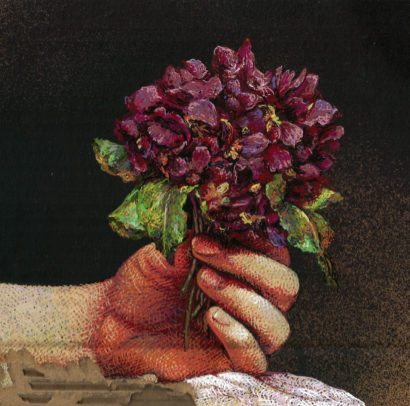
Natural history
I have been drawing since childhood, and one day I discovered Poscas! After studying the graphic arts and fine arts, for a while I combined my passion for nature and drawing by working for a natural history museum. A course in scientific drawing later, I began to develop a more personal realism-focused artistic method, thanks to my talent for drawing.
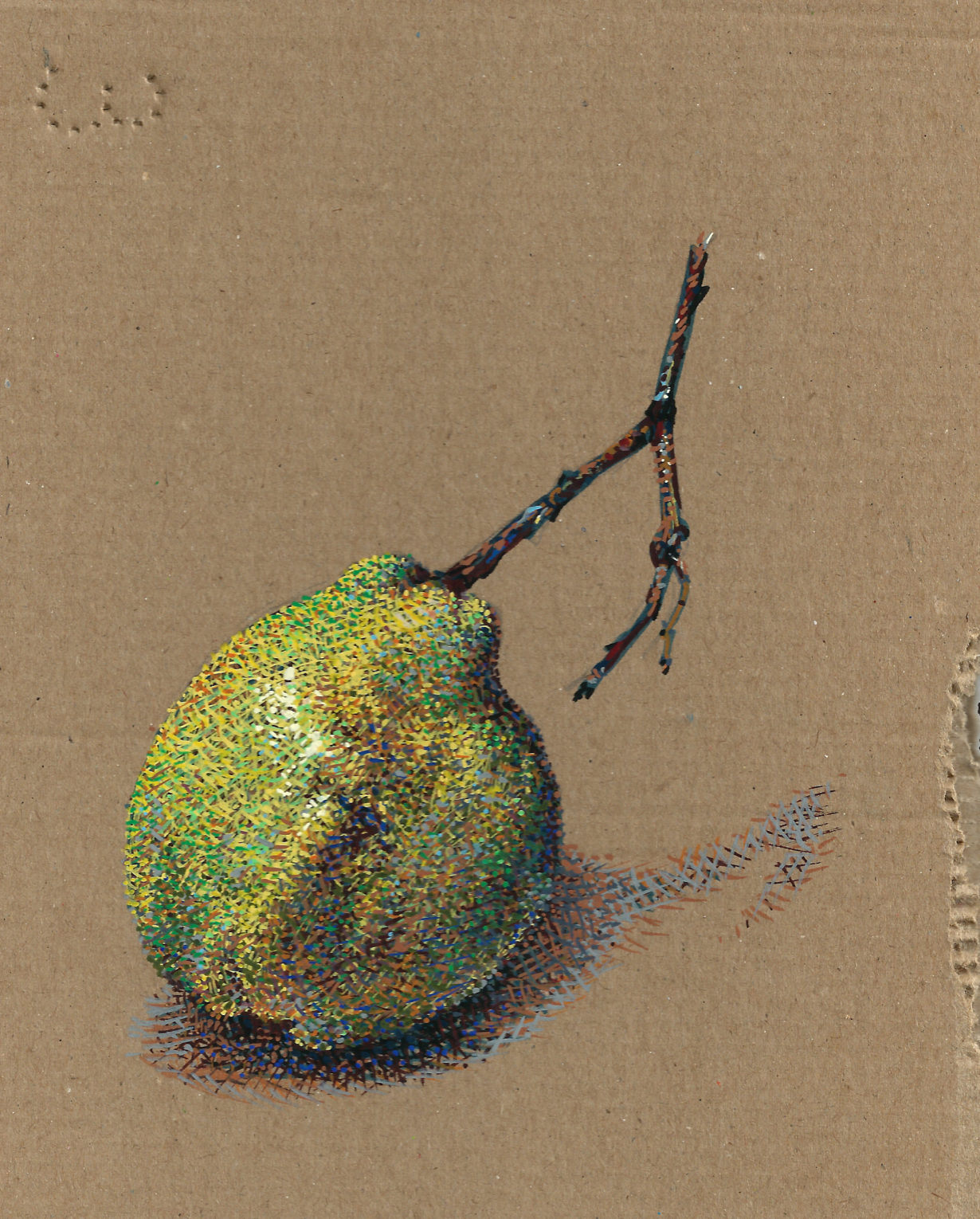
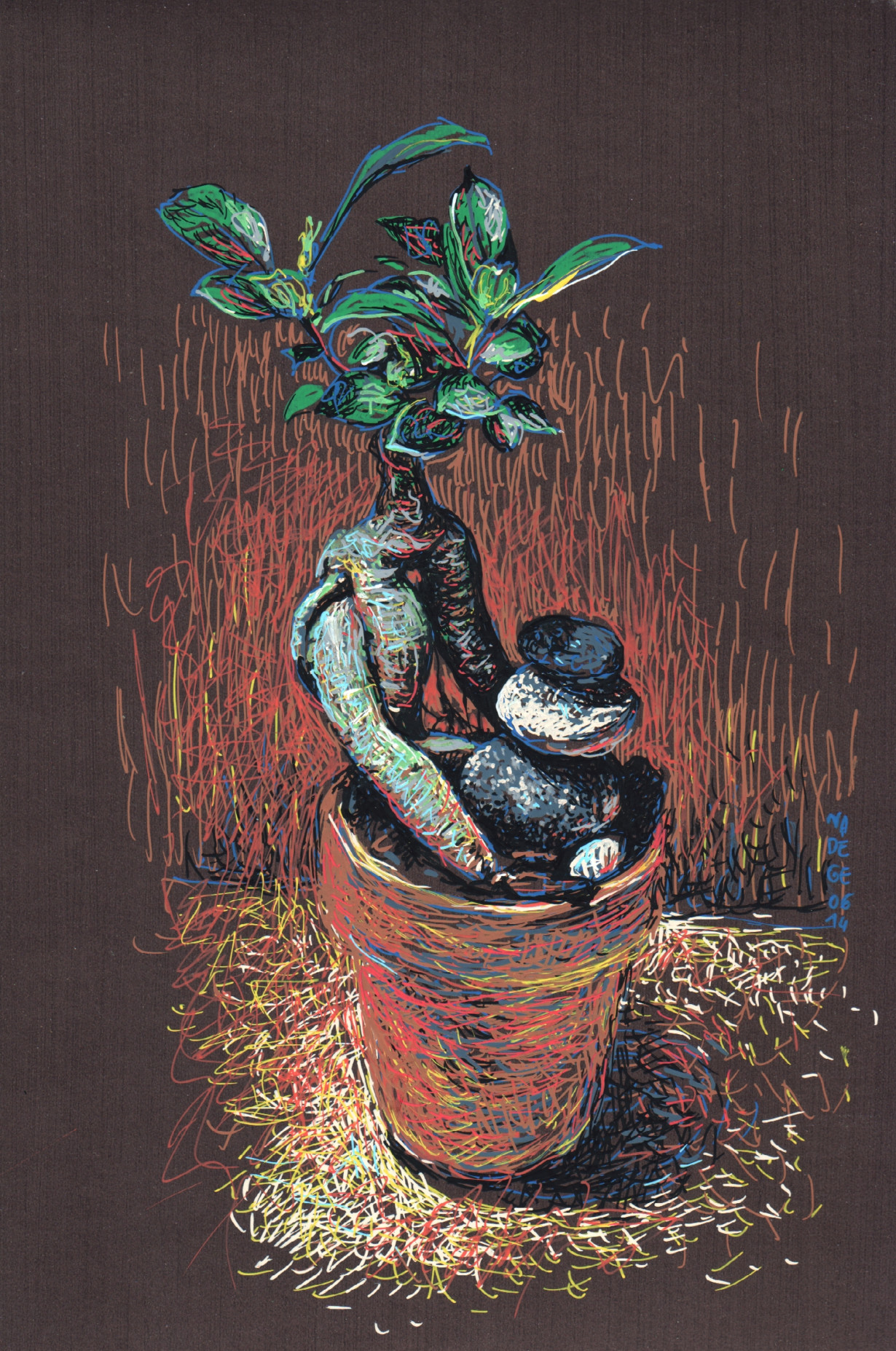
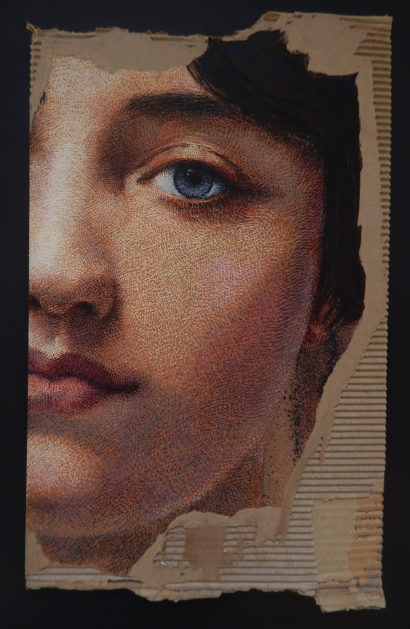
Optical mixing and virtual palette
This adventure with Poscas began in 2009 when I started using them on acrylic paintings to add details and include text. At the time, I would combine images from classical painting with others from advertising. Whatever experimenting I do in my art, I always come back to drawing from life. It helps me assess whether my observational skills have improved, and doing it with Poscas has opened up new artistic possibilities with optical mixing.
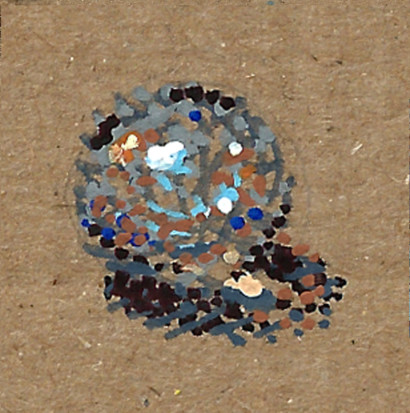
Creative constraints
Initially, it was a kind of constraint, which through its lack of colours forced me to develop this way of drawing that I have used ever since and is now like a signature. You can go into great detail with the fine tips for a very classic effect, or instead try to achieve a freer “painting” effect with the thick tips. Either way, the colours are very bright and opaque, which produces a drawing quality I’m looking for. Lately, I discovered the use of cardboard as a background. It has the advantage of being already coloured, free and smooth enough for Poscas.




















.png)










